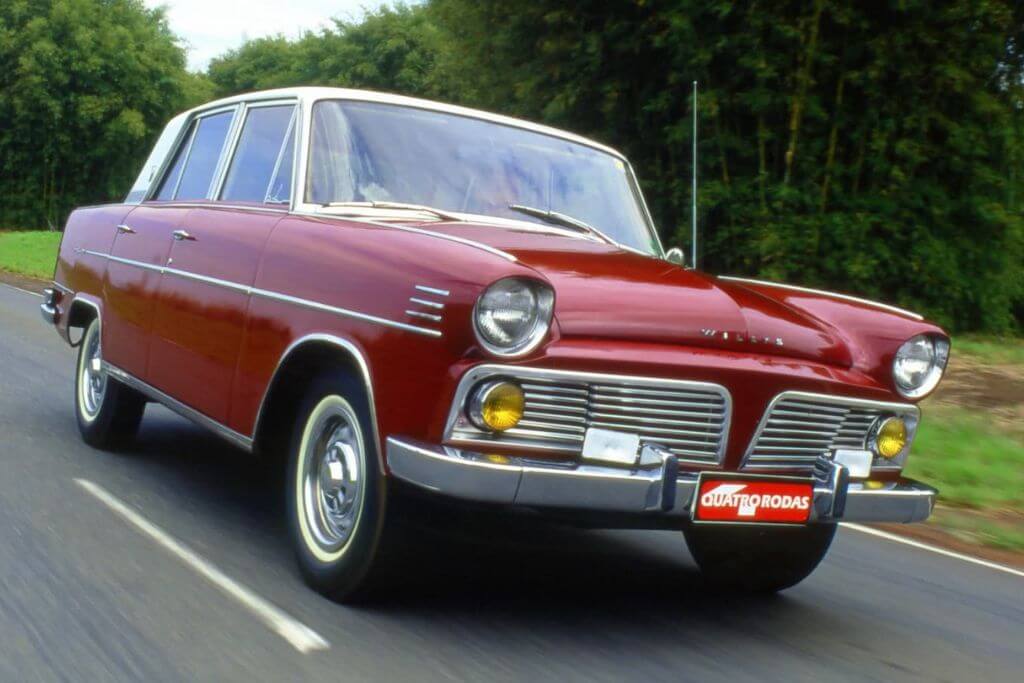Learn some curiosities about Formula 1 cars, the world's most famous motor racing competition
Adverts
The history of Formula 1 is an exciting journey spanning decades, marked by high-speed races, legendary rivalries and technological innovations.
It all began in 1950, when the World Drivers' Championship was established, with the first official race held at Silverstone Circuit, UK. Notable drivers such as Juan Manuel Fangio and Alberto Ascari dominated the early years of Formula 1, competing in iconic cars of the time.
The 1960s saw the rise of legends like Jim Clark and Graham Hill, while competition between teams like Ferrari and Lotus intensified. The sport witnessed tragedies, such as Ayrton Senna's fatal accident in 1994, which led to significant changes in terms of safety.
Adverts
The modern era has seen the supremacy of drivers like Michael Schumacher, whose seven championship wins established him as one of the greatest. The rivalry between Ayrton Senna and Alain Prost in the 1980s is one of the most memorable, culminating in dramatic moments.
In the 2000s, the rise of drivers like Lewis Hamilton and Sebastian Vettel brought a new generation of talent. Technology evolved rapidly, with the introduction of energy recovery systems (ERS) and advanced aerodynamics.
Formula 1 has expanded globally, holding races on several continents. With legendary teams such as Ferrari, McLaren and Mercedes, the sport continues to captivate fans with its thrilling races, daring overtaking and constant innovation.
The history of Formula 1 is a dynamic narrative that continues to unfold, making it one of the most prestigious and exciting motor sports in the world.
Formula 1 cars are arguably the most advanced vehicles in every respect.
What makes them different and superior to conventional cars sold by the automotive industry? Read on to discover some fascinating facts about Formula 1 cars that turn them into real rockets on wheels.Top of the form
Quick Index:
First Formula 1 car
The Cooper T81 was the first car designed specifically to compete in Formula 1, making its debut at the Monaco Grand Prix in 1966.
Even back then, it featured technological innovations that were unthinkable for street cars, either because of the high cost or the restrictive regulations imposed on the car industry.
Specific Tyres for Each Condition
Formula 1 cars use tyres specially designed for different weather conditions and track types. There are tyres for dry tracks, intermediate tyres for mixed conditions and rain tyres for wet tracks.
Quick tyre change
F1 teams are known for their efficient tyre changes. During a pit stop, a skilled team can change all four tyres in a matter of seconds, optimising the total stop time.
Lightweight and Aerodynamic Cars
F1 cars are extremely light and aerodynamic to optimise performance. Advanced materials such as carbon fibre are widely used to ensure an ideal combination of strength and light weight.
Energy Recovery Systems (ERS)
Formula 1 cars are equipped with energy recovery systems, known as ERS. They convert the thermal energy generated by the brakes and the heat from the exhaust into electricity, which is stored and used to propel the car.
Multifunctional steering wheel
The steering wheels of F1 cars are true works of technology. As well as steering the car, they contain various buttons and controls for adjusting parameters such as the fuel mixture, brake distribution and rear wing adjustment.
Wind Tunnel Test Cars
Before racing, F1 cars undergo extensive testing in wind tunnels to optimise aerodynamics. These tunnels simulate racing conditions, allowing precise adjustments to maximise aerodynamic efficiency.
Pit Stop Strategies
Pit stop strategy is crucial in Formula 1 races. Teams constantly monitor tyre wear and track conditions to decide the ideal time for a stop, seeking to minimise the total race time.
Limited fuel consumption
Since 2014, F1 teams have faced limitations on fuel consumption during a race. This adds a strategic element to the competition, as drivers need to carefully manage their fuel usage in order to complete the race.
DRS Racing Dynamics
The DRS (Drag Reduction System) is used on straights to reduce aerodynamic drag and make overtaking easier. It can only be activated when a driver is less than a second behind the car in front.
Individual Car Design
Each F1 team designs its own car, and there is a great deal of variation in the designs. This includes different approaches to aerodynamics, suspension systems and engineering solutions, making each car unique.
How much does an F1 driver earn?
The pilots of Formula 1 are recognised as some of the most talented and well-paid athletes in the world. The top drivers earn tens of millions of dollars each season, surpassing many popular stars from other sports in terms of remuneration.
A notable example is Lewis Hamilton, six-time Formula 1 World Champion, whose annual income in the category exceeds 50 million dollars. Valtteri Bottas, following closely behind, has an estimated salary of around 12 million dollars, while Daniel Ricciardo receives around 15 million dollars.
In addition to their salaries, F1 drivers also accumulate significant earnings through sponsorship contracts, image use and other off-track revenue opportunities.
There is no standardised salary scale for Formula 1 drivers, as negotiations are always individual, depending on the team's financial capacity and the driver's performance in races. Substantial bonuses for performance, records and pole positions also contribute to drivers' earnings.
The main source of income for all teams in Formula 1, apart from drivers' salaries and bonuses, is sponsorship and advertising deals, which play a crucial role in financing the sport.
You may be interested:
- The 5 best online auction sites
- How to tell if an online auction site is reliable
- Discover the Car and Motorbike Auctions
Did you like this content? Share it with your loved ones and save it to your favourites for future reference.















